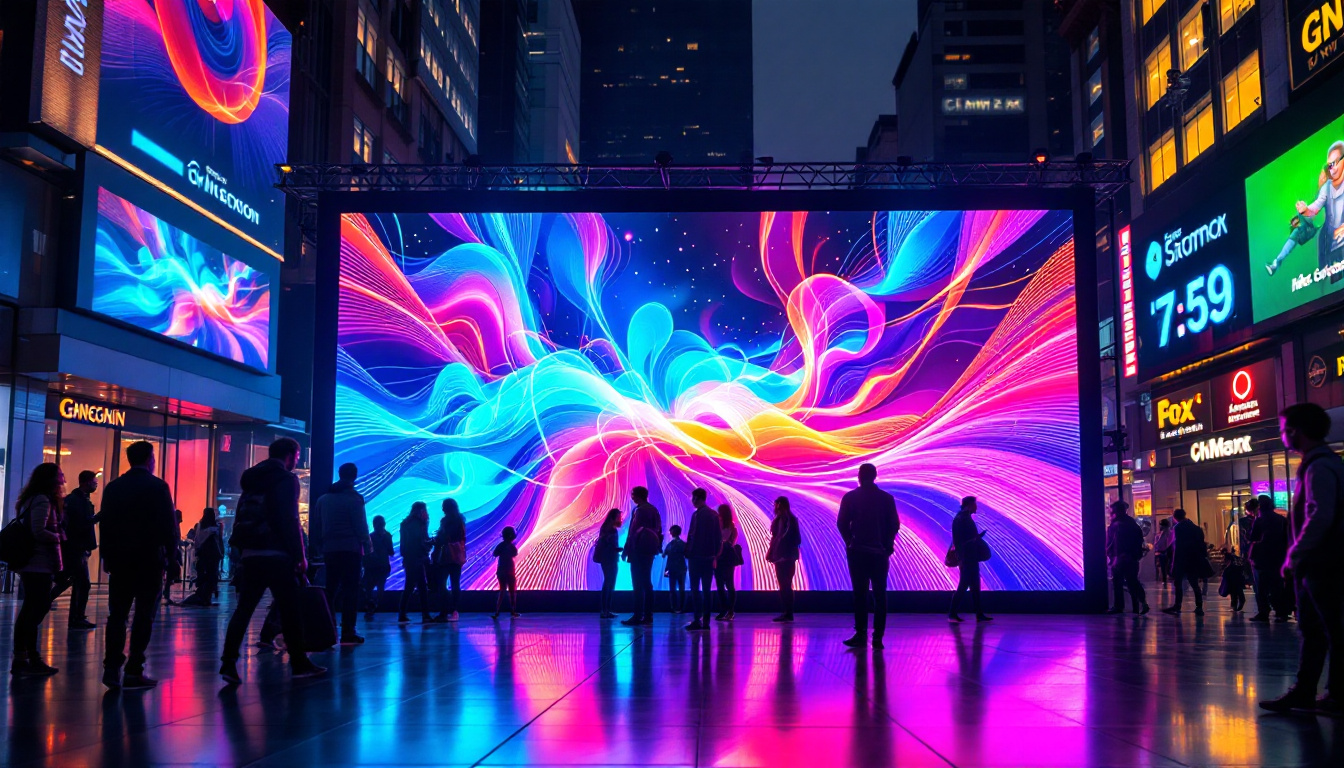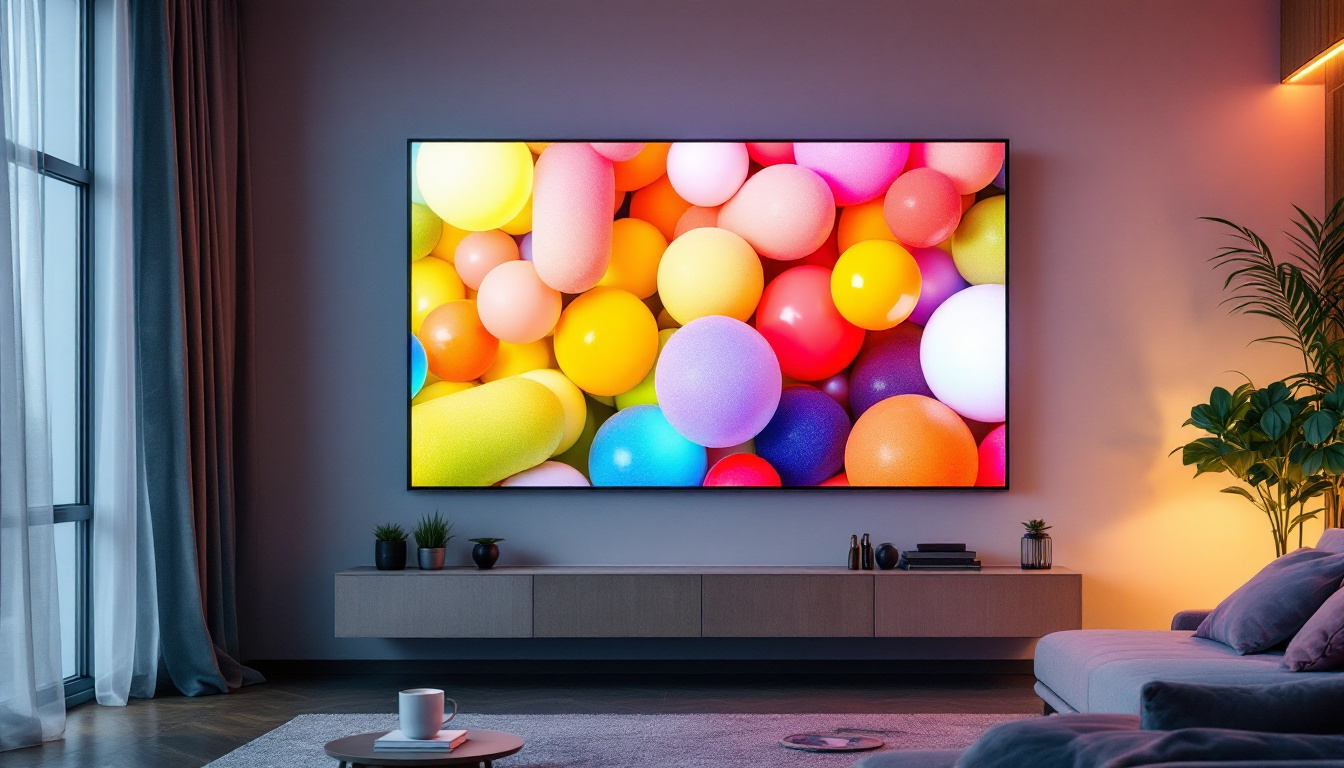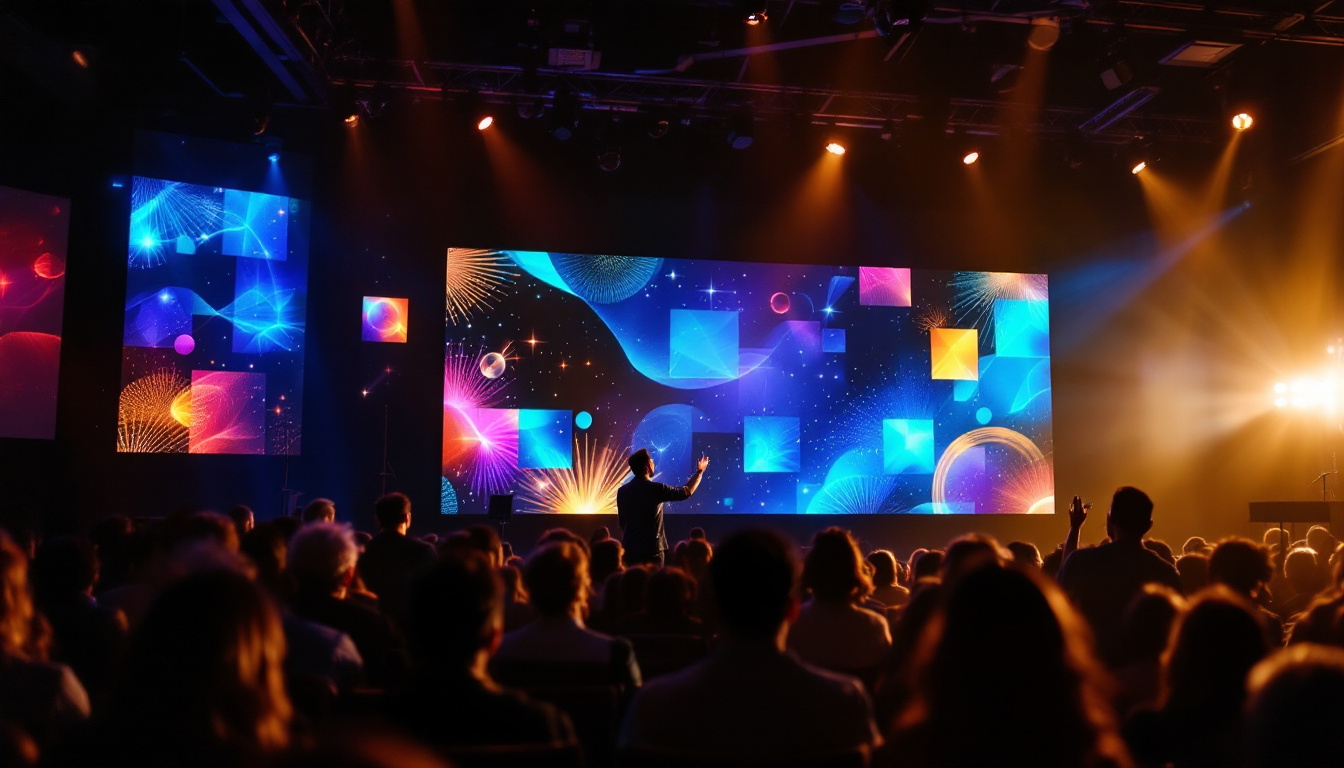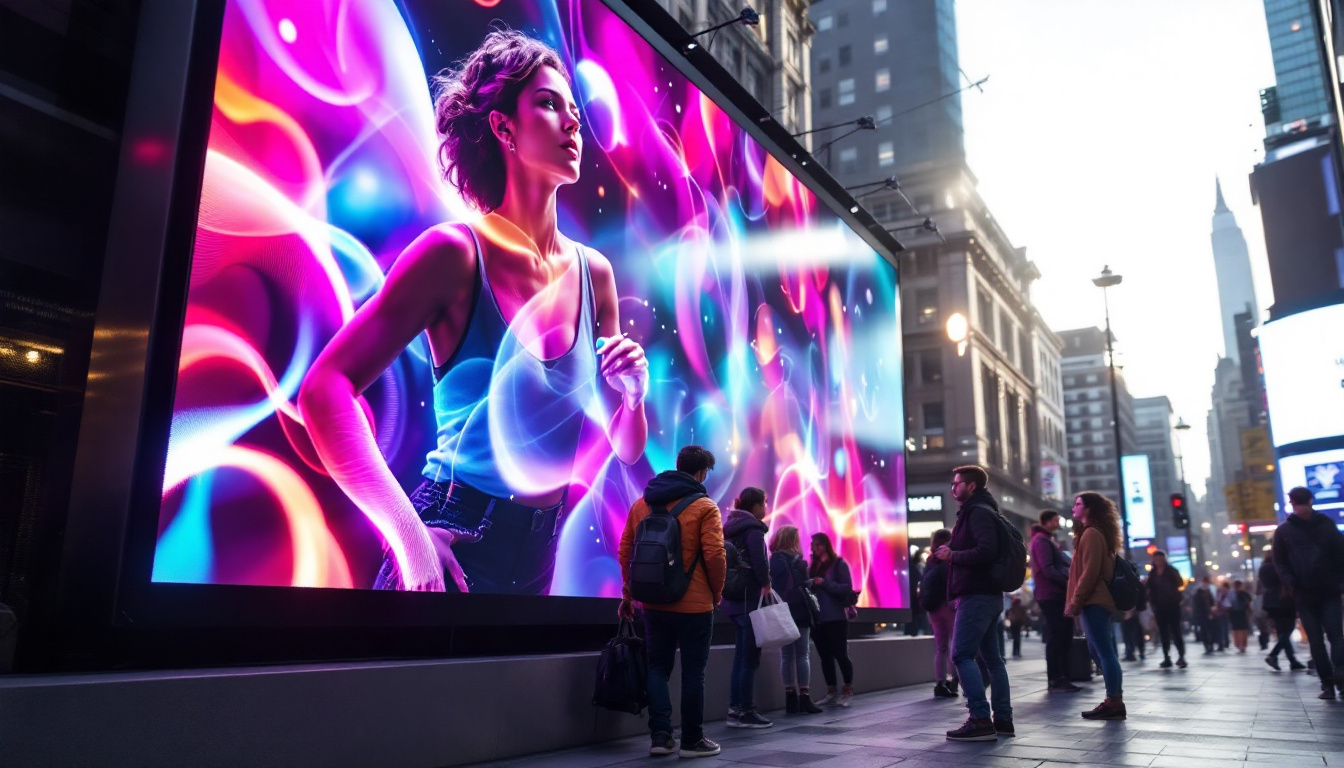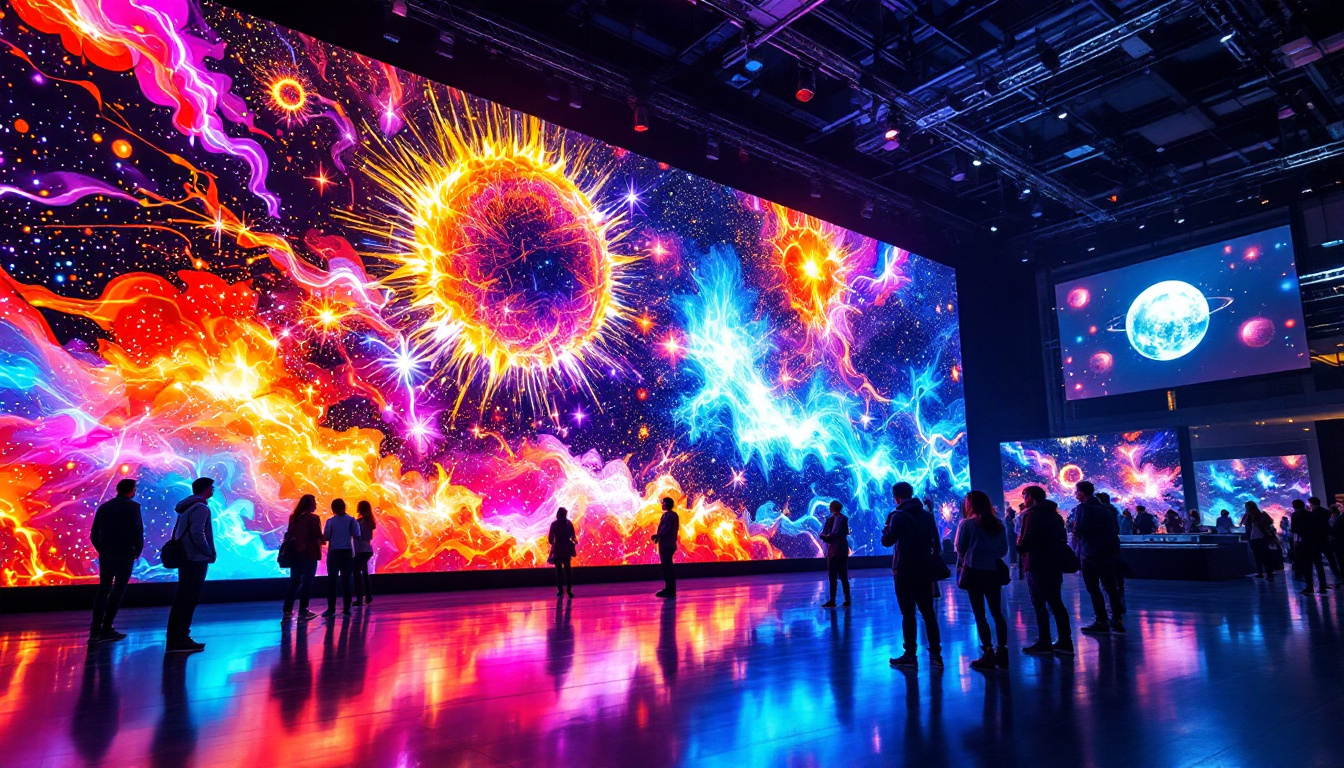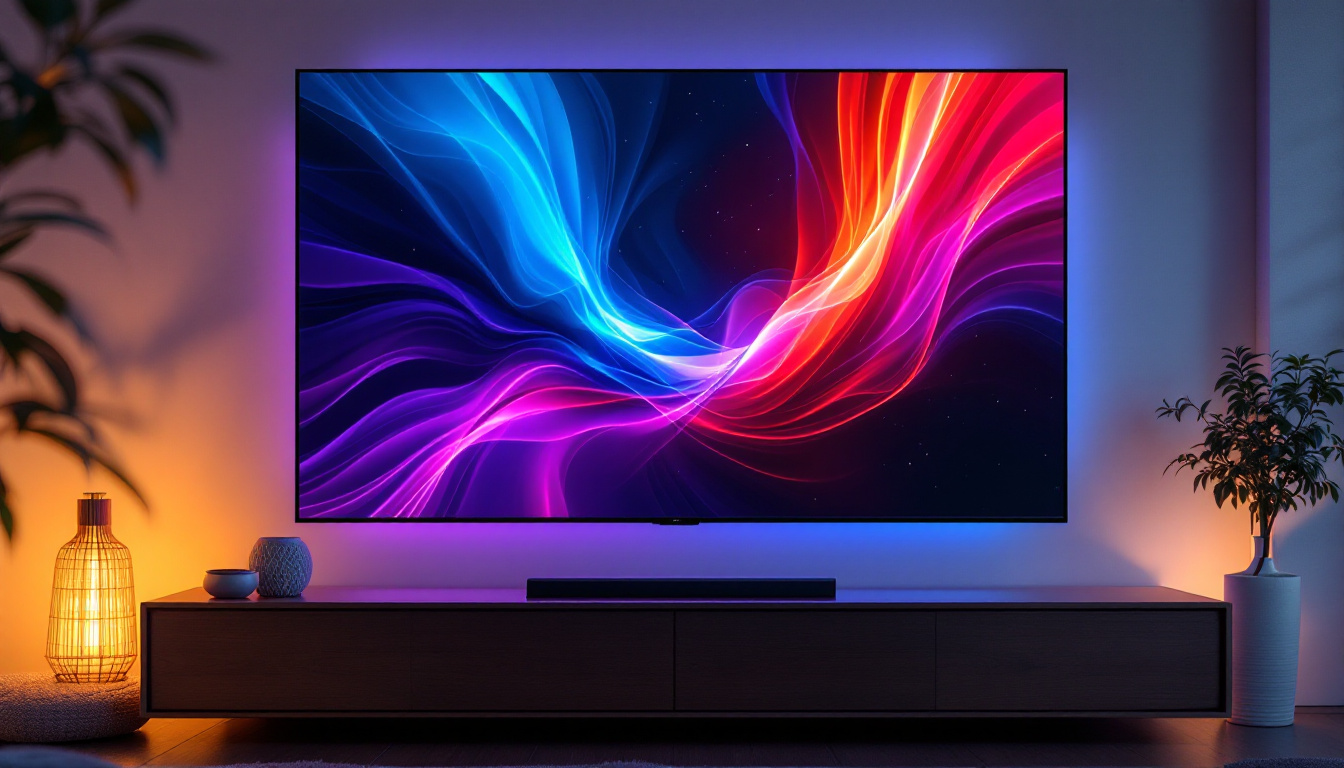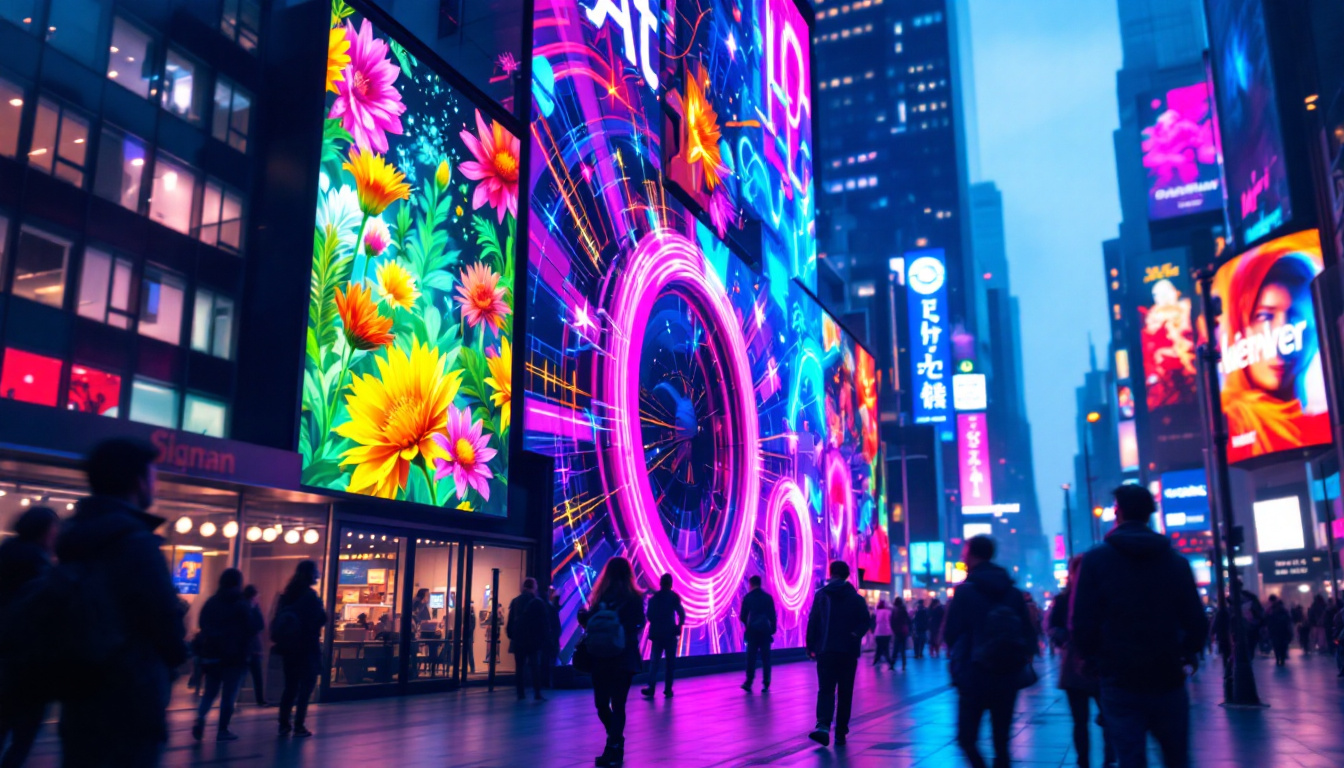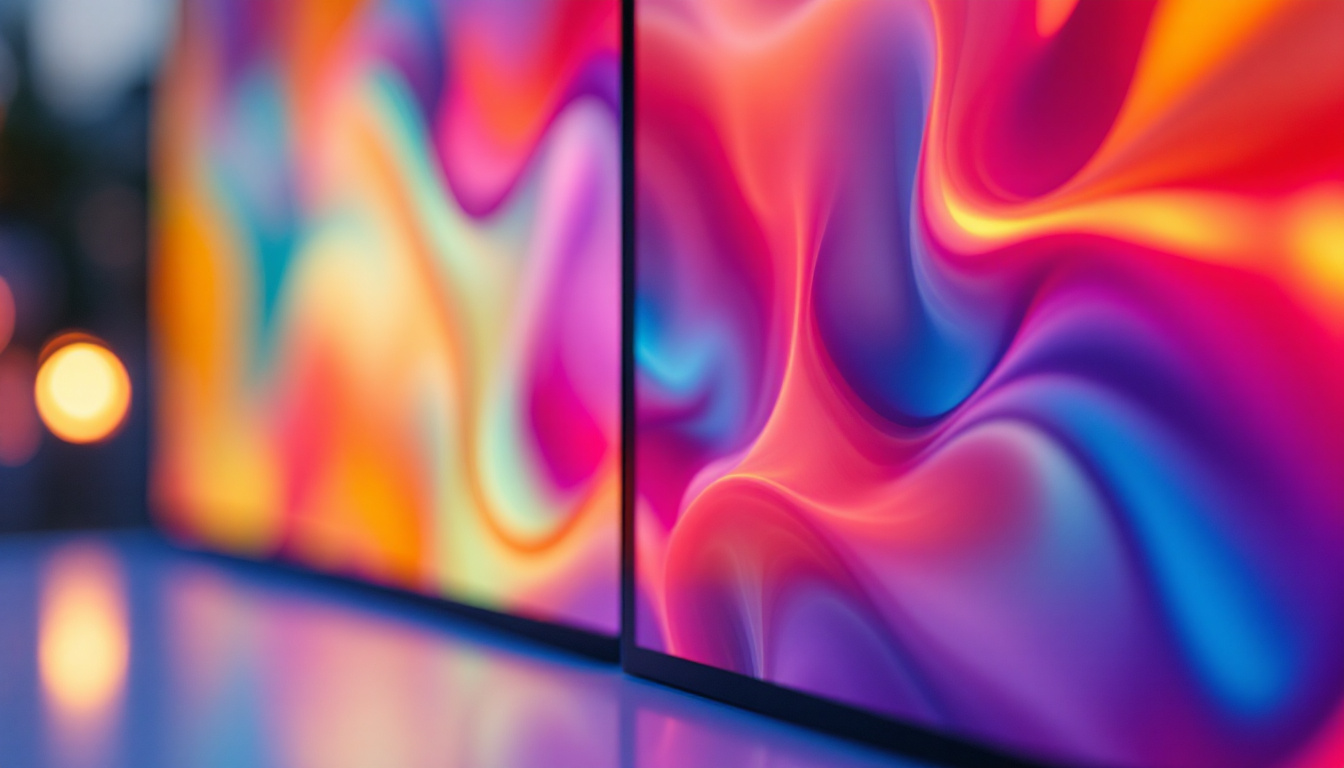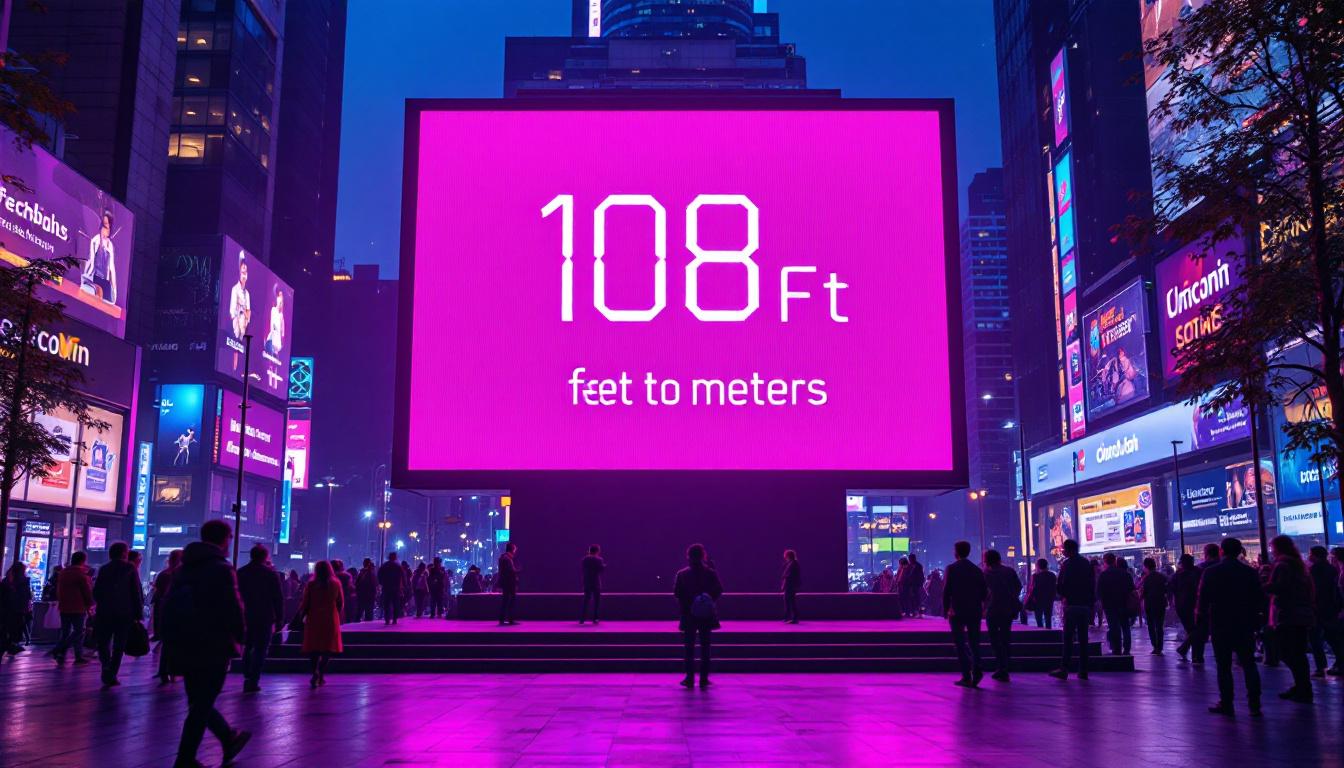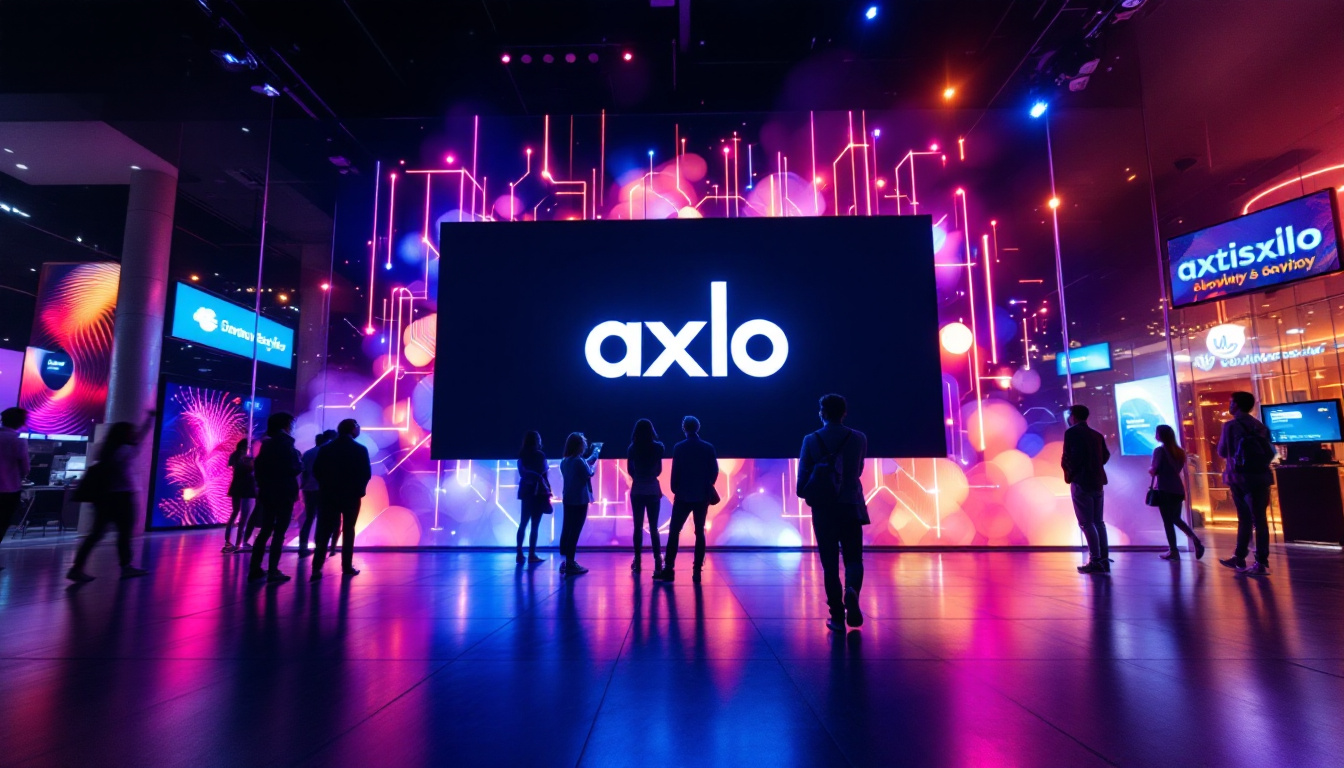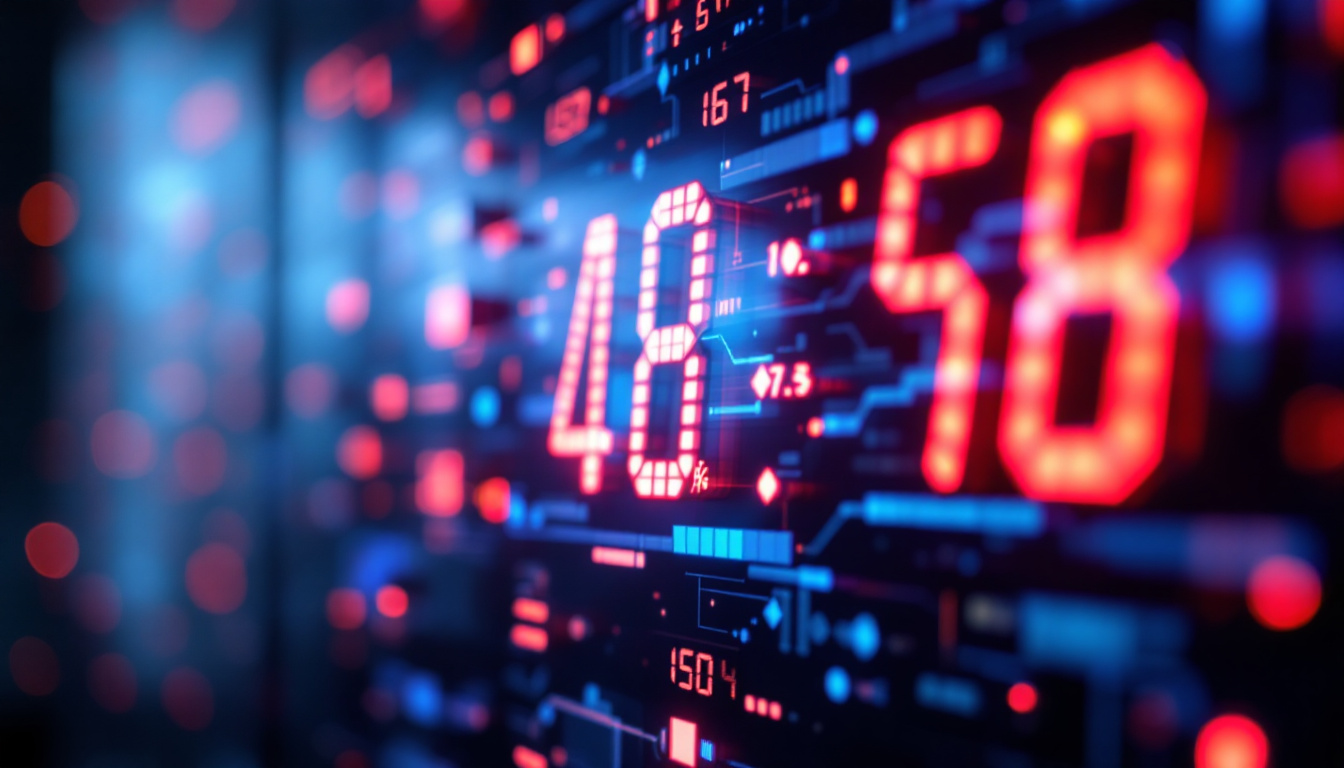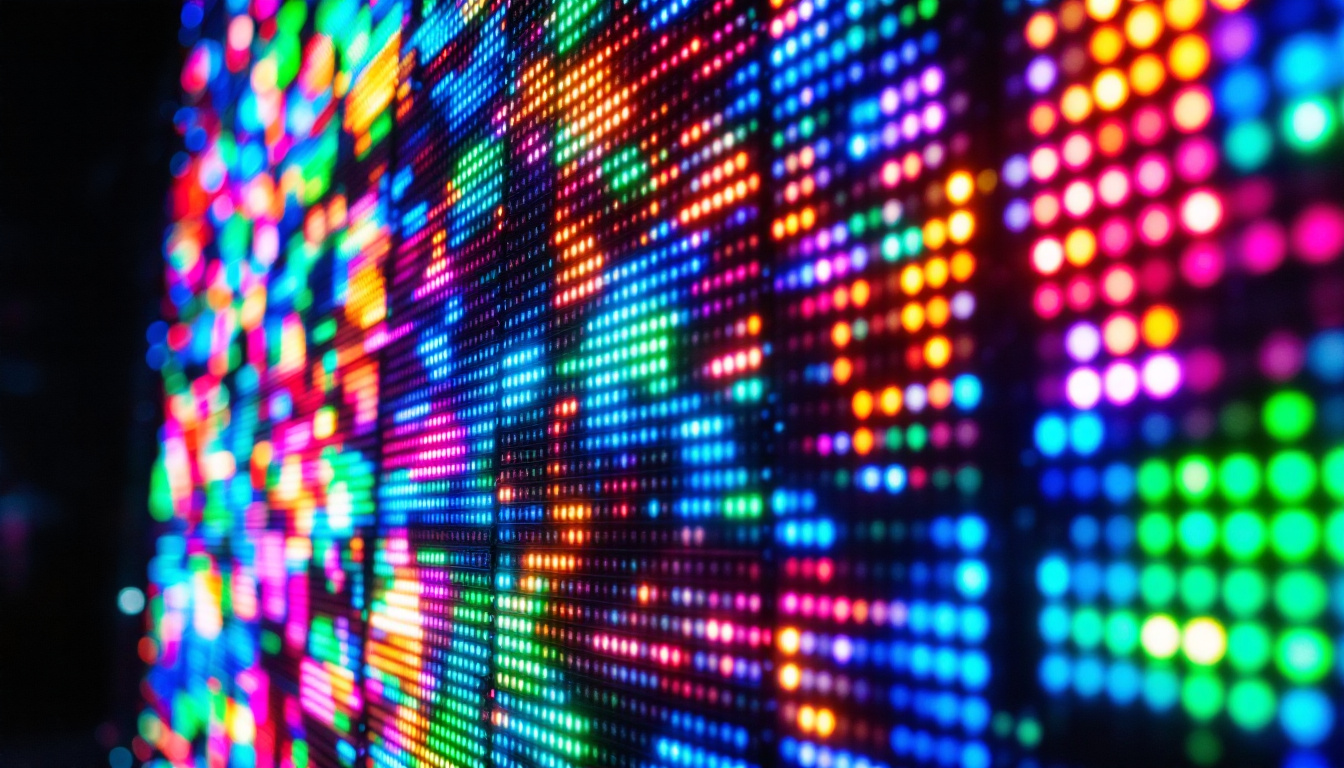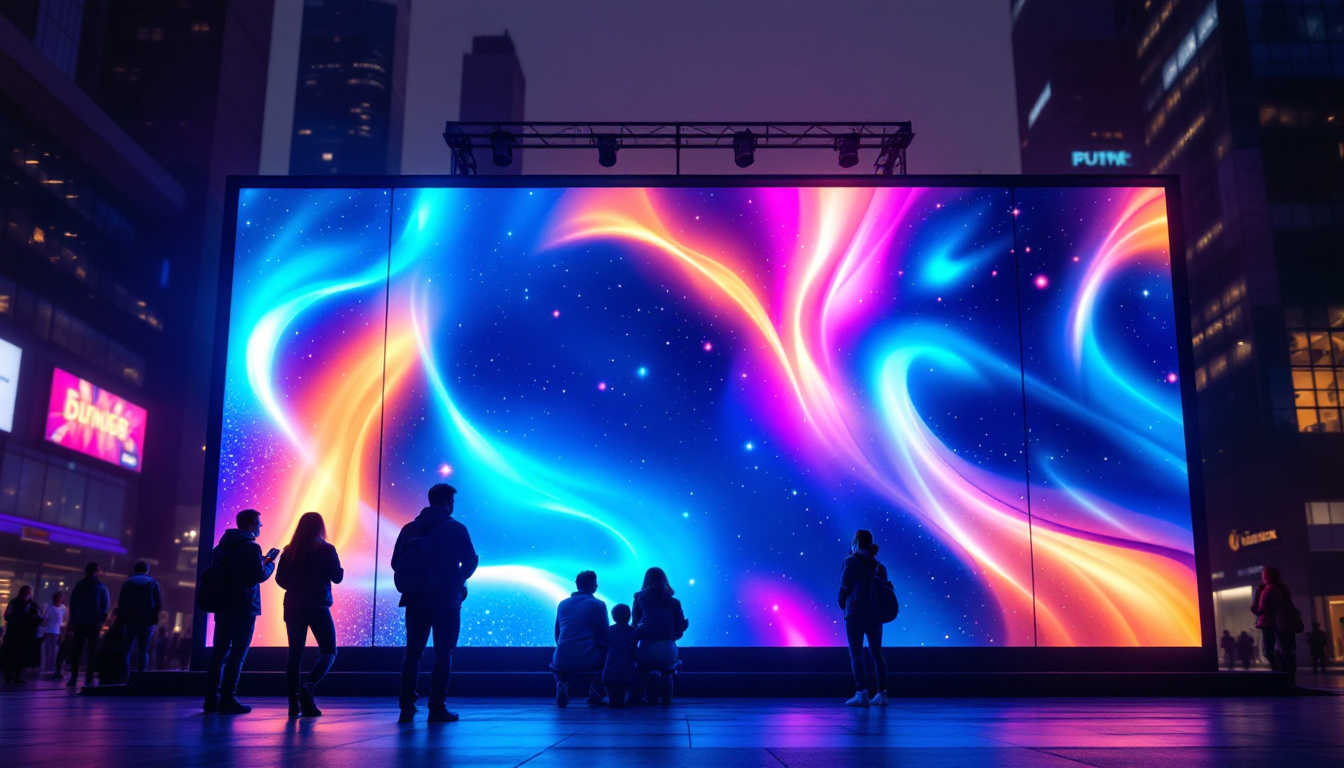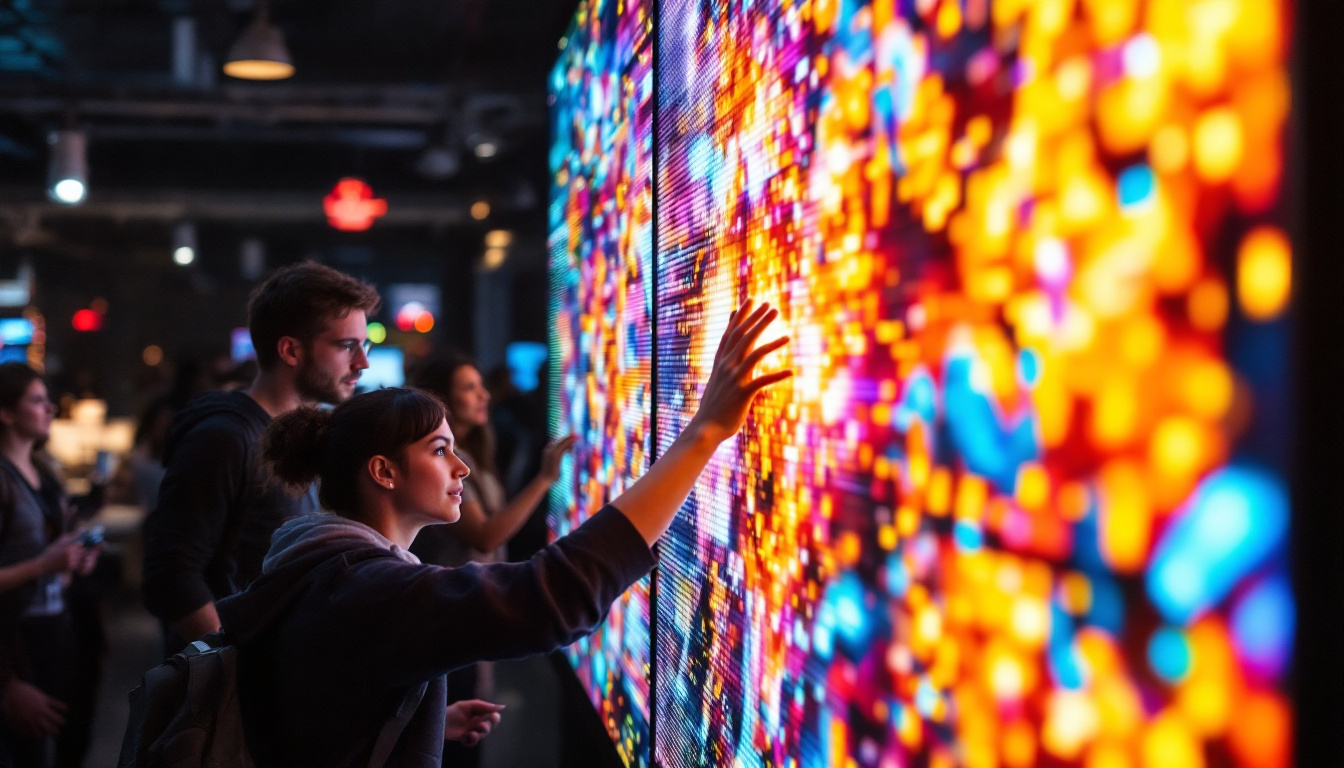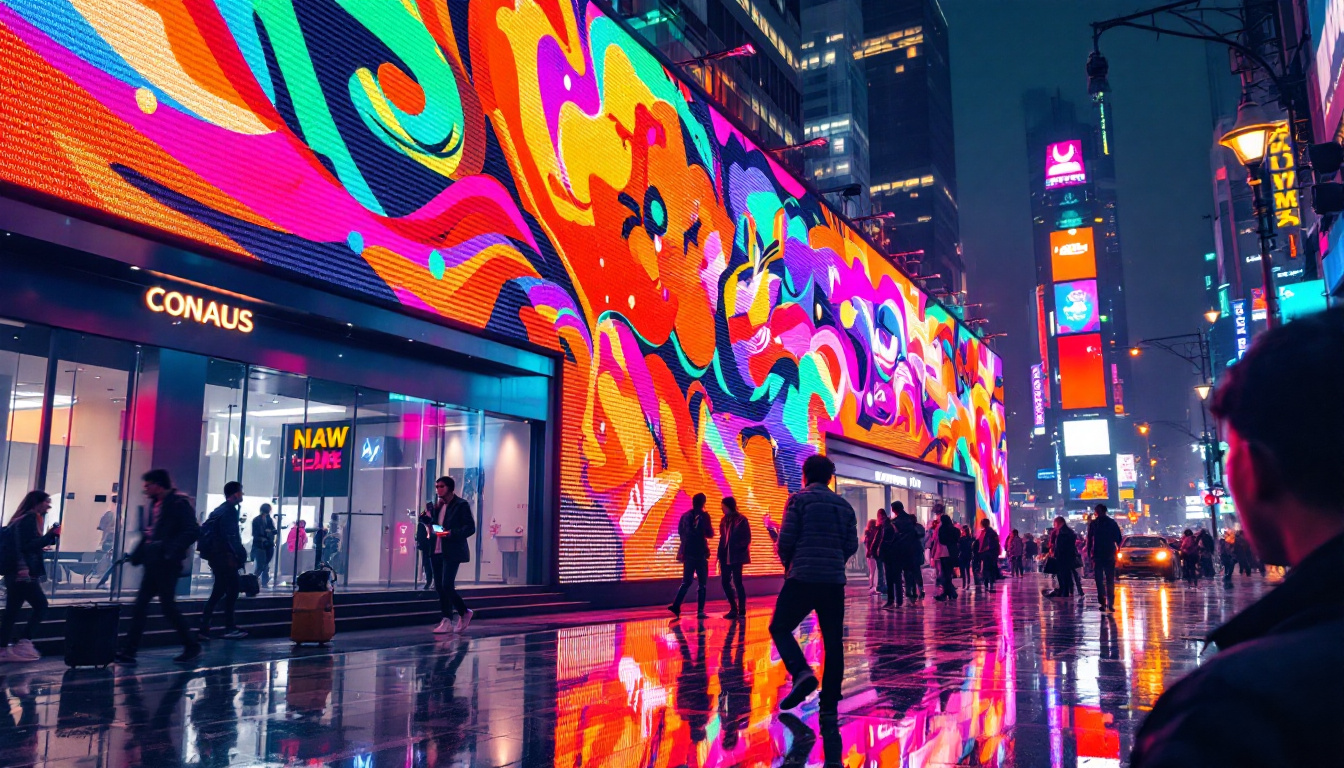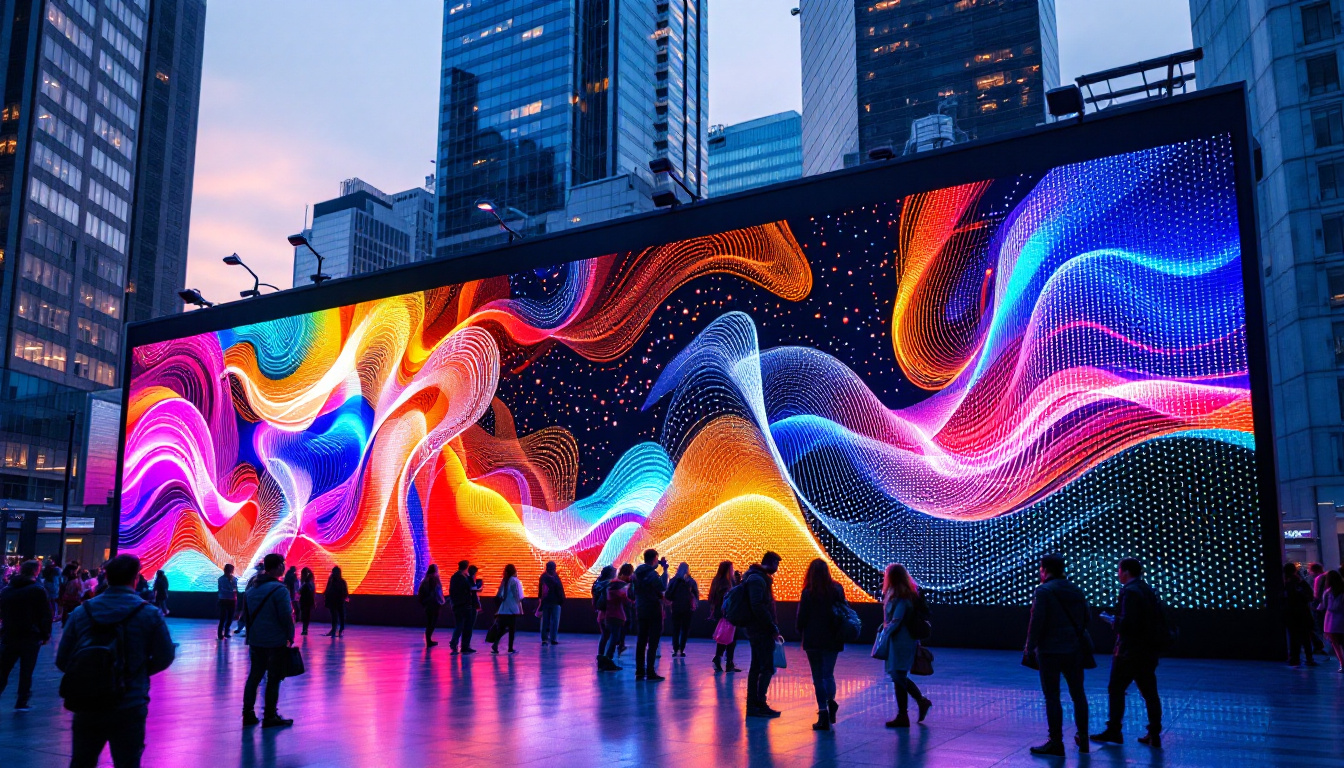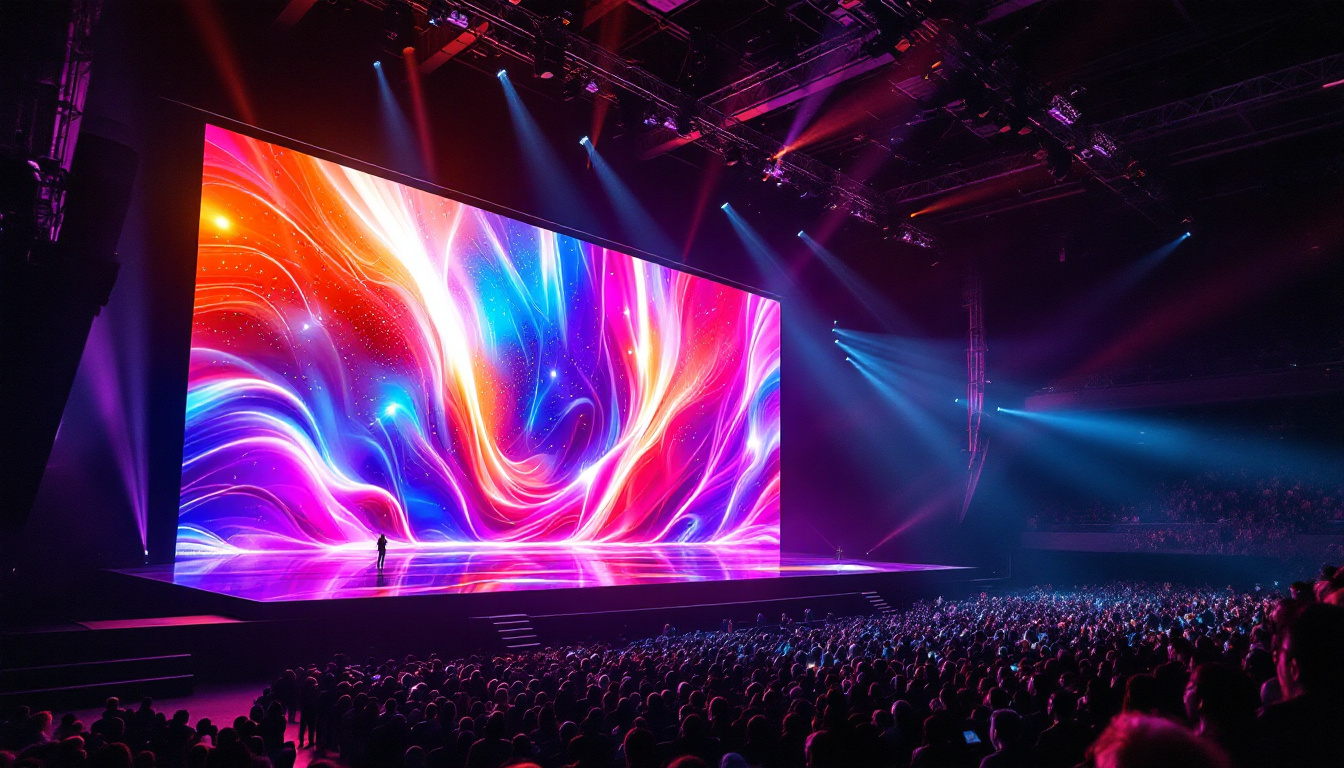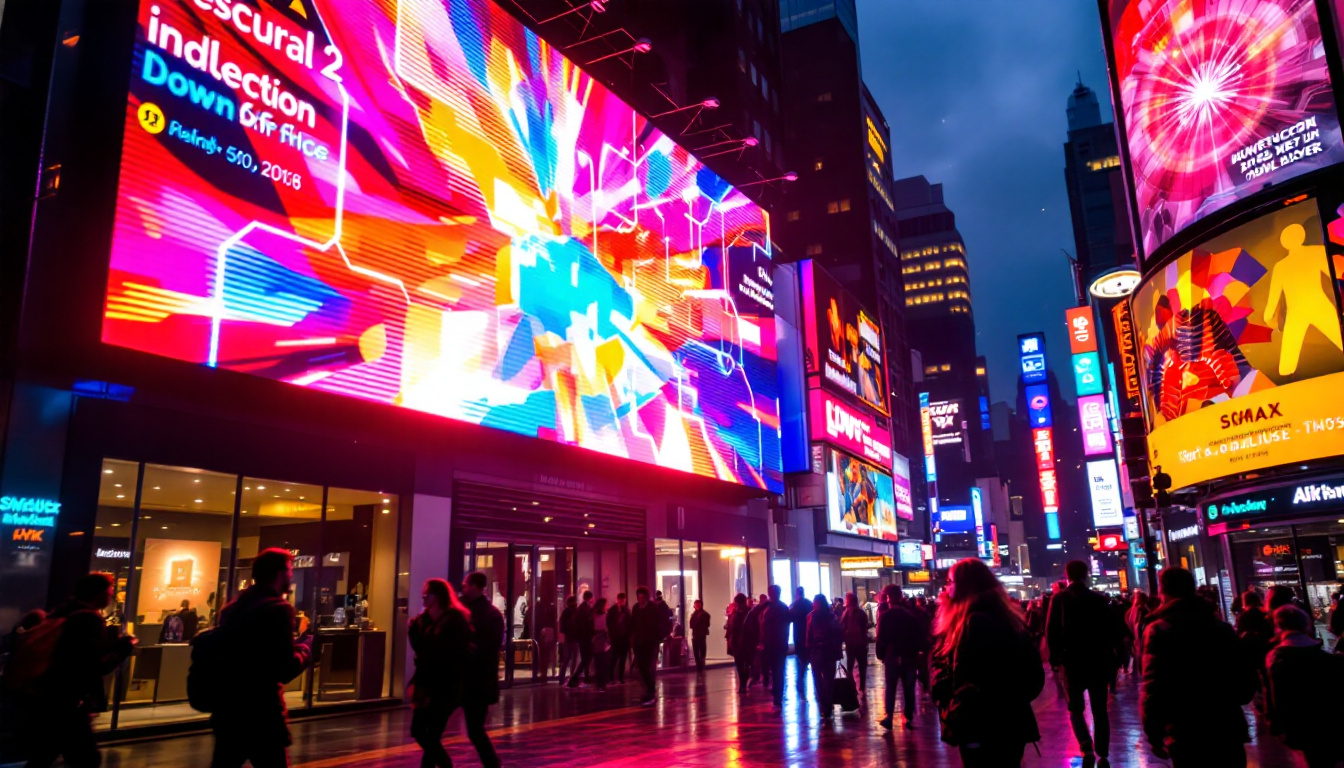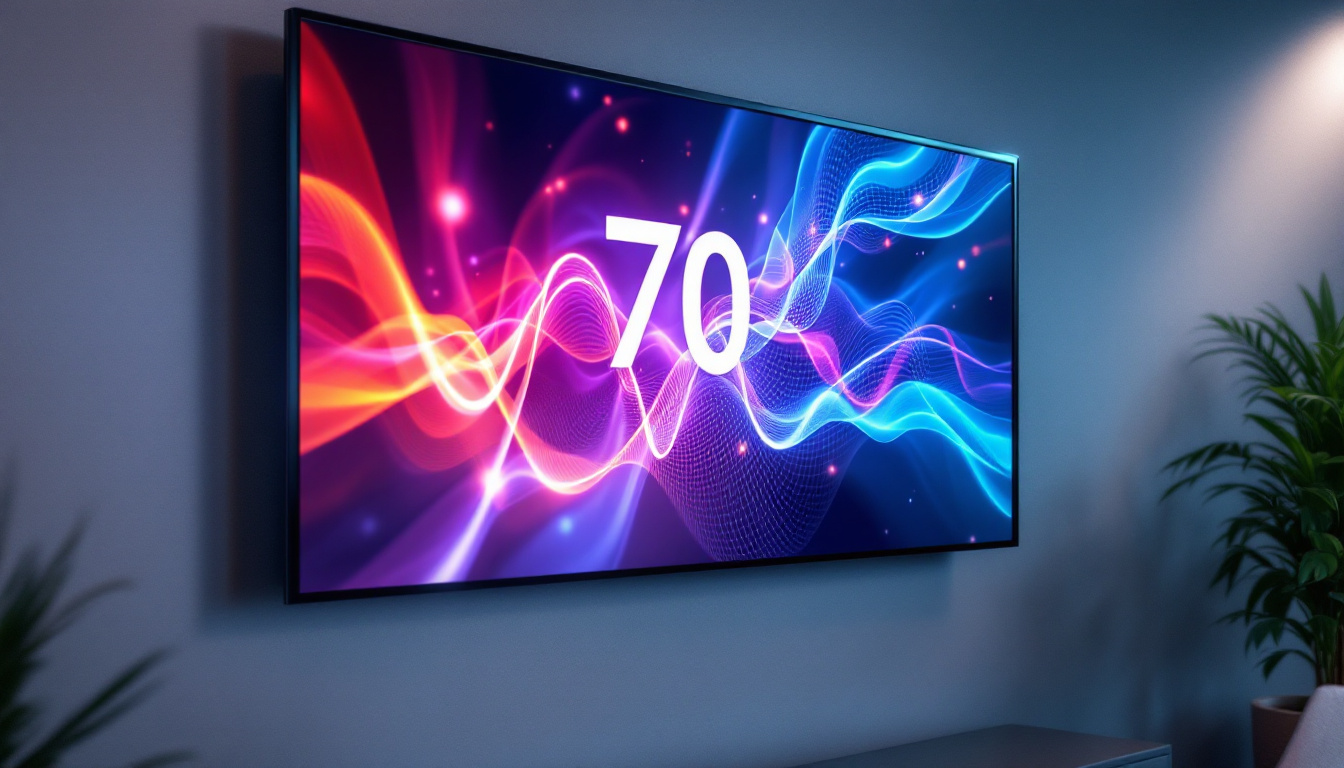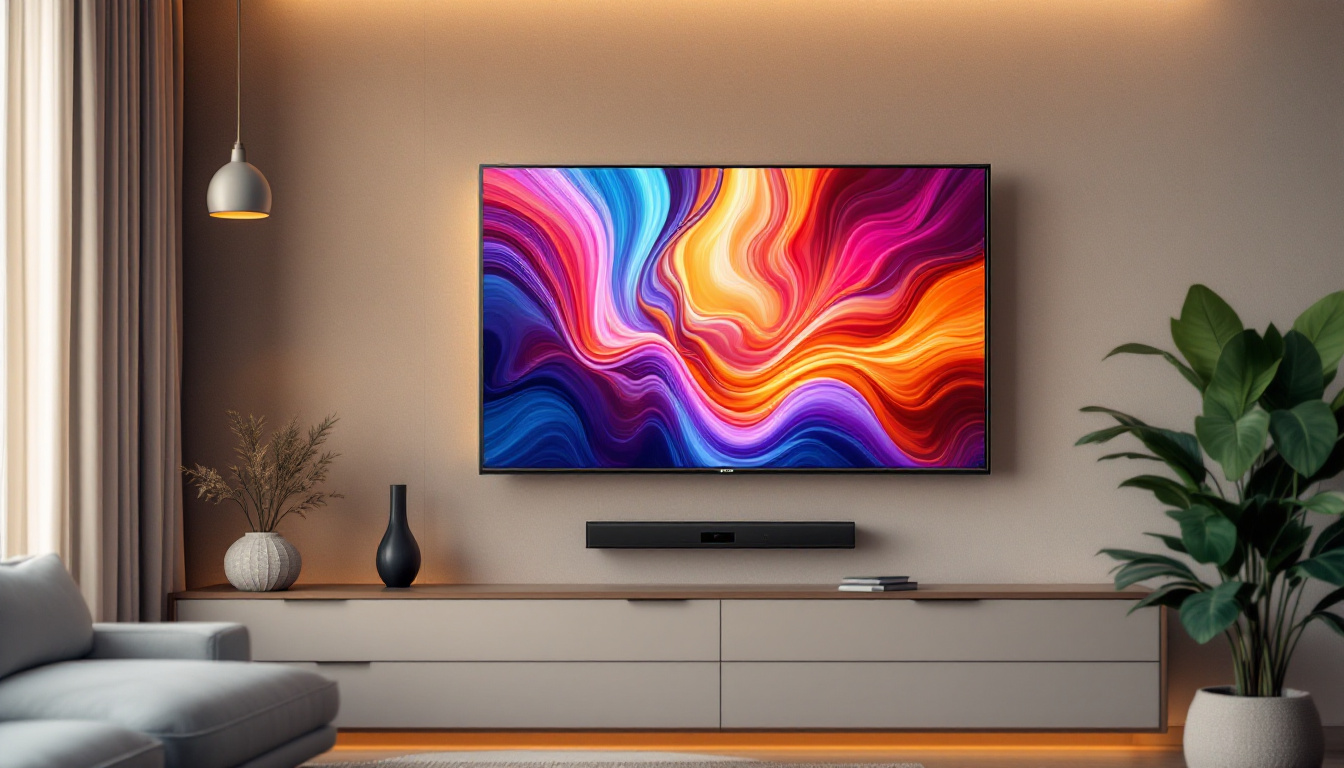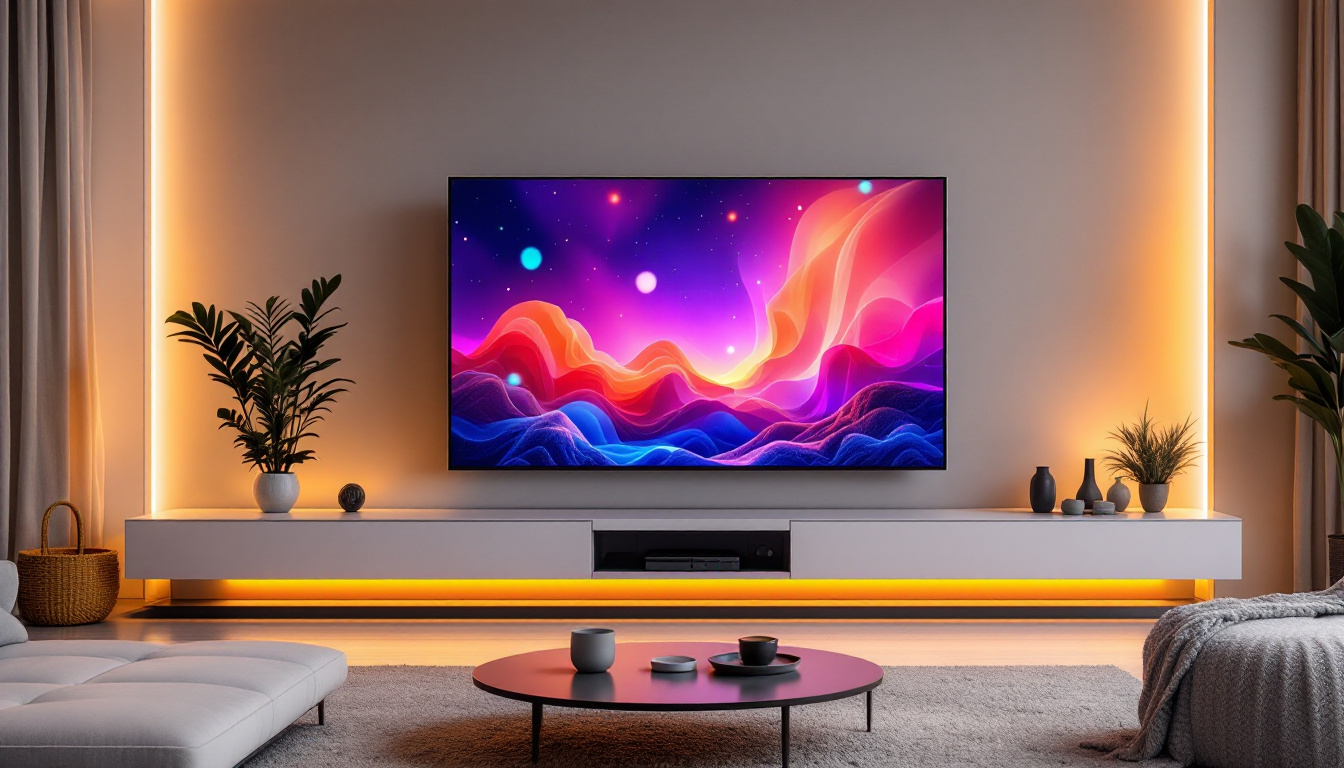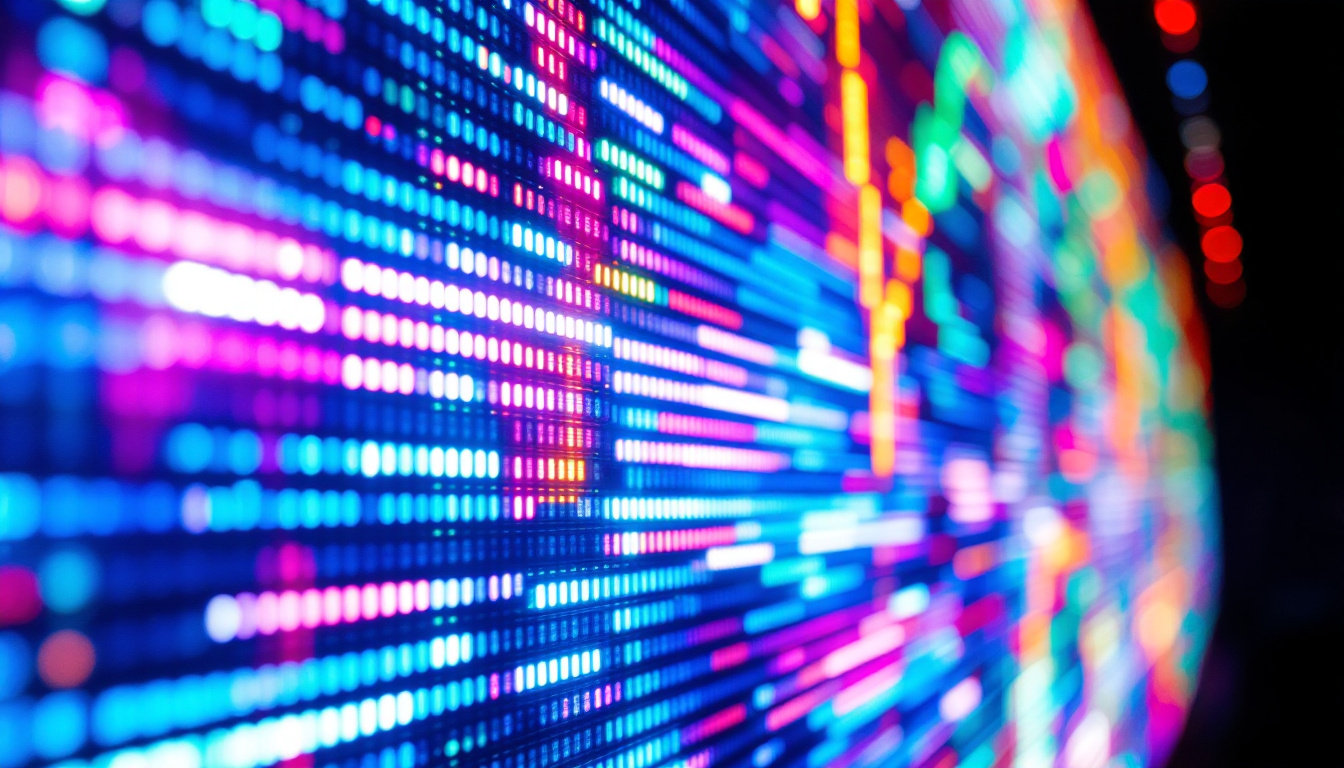In the modern world, screens are an integral part of daily life, from smartphones to large television sets. Among the various technologies available, LED (Light Emitting Diode) displays have gained significant popularity due to their efficiency, brightness, and versatility. This article delves into the intricacies of LED displays, exploring their technology, advantages, applications, and future trends.
Understanding LED Technology
LED technology is based on the principle of electroluminescence, where a semiconductor emits light when an electric current passes through it. This technology has evolved significantly since its inception, leading to various types of LED displays. The journey of LED technology began in the early 1960s, with the discovery of the first visible-spectrum LED by Nick Holonyak Jr., which emitted red light. Since then, advancements in materials and manufacturing processes have enabled the development of LEDs that can produce a full spectrum of colors, enhancing their applications across different industries.
How LED Displays Work
At the core of an LED display are tiny diodes that emit light. These diodes are arranged in a matrix, allowing for the creation of images and videos. Unlike traditional displays that rely on backlighting, LED displays can emit their own light, resulting in deeper blacks and more vibrant colors. This self-emissive nature of LEDs not only improves picture quality but also contributes to energy efficiency, as only the necessary pixels are illuminated, reducing overall power consumption.
LED displays can be categorized into two main types: direct-lit and edge-lit. Direct-lit displays have LEDs placed behind the screen, providing uniform brightness. In contrast, edge-lit displays have LEDs positioned along the edges, which can lead to thinner designs but may result in uneven brightness. Additionally, advancements in local dimming technology allow direct-lit displays to selectively dim certain areas of the screen, enhancing contrast and improving the viewing experience even further.
Types of LED Displays
There are several types of LED displays, each serving different purposes and environments. Some of the most common types include:
- Standard LED Displays: These are commonly used in televisions and monitors, providing excellent color accuracy and brightness. Standard LED displays have become increasingly popular due to their affordability and versatility, making them suitable for a wide range of applications from home entertainment to professional settings.
- OLED Displays: Organic LED displays are known for their superior contrast ratios and flexibility, making them ideal for high-end televisions and mobile devices. The ability of OLED displays to produce true blacks, as each pixel can be turned off completely, creates stunning visuals that are particularly appreciated in cinematic experiences.
- MicroLED Displays: A newer technology that offers even greater brightness and energy efficiency, MicroLED displays are poised to revolutionize the industry. With their modular design, MicroLEDs can be assembled into various screen sizes and shapes, allowing for innovative applications in both consumer electronics and large-scale digital signage.
In addition to these types, there are also specialized LED displays designed for specific environments. For instance, outdoor LED displays are engineered to withstand harsh weather conditions and provide high visibility even in bright sunlight. These displays often utilize advanced technologies to enhance brightness and contrast, ensuring that the content remains clear and engaging regardless of the surrounding light conditions. Similarly, transparent LED displays are gaining traction in retail and advertising, allowing for immersive experiences that blend digital content with the physical environment.
Advantages of LED Displays
LED displays have numerous advantages over traditional display technologies, making them a preferred choice for various applications.
Energy Efficiency
One of the most significant benefits of LED technology is its energy efficiency. LED displays consume less power compared to older technologies like LCD and CRT. This not only reduces electricity costs but also contributes to a smaller carbon footprint, making them an environmentally friendly option. In fact, many businesses are now opting for LED solutions as part of their sustainability initiatives, recognizing that lower energy consumption translates to both cost savings and a positive impact on the environment. Additionally, the reduced heat output of LED displays means less energy is required for cooling systems, further enhancing their overall efficiency.
Brightness and Color Quality
LED displays are known for their exceptional brightness levels. This makes them suitable for use in well-lit environments, such as outdoor advertising and public displays. Additionally, LED technology allows for a wider color gamut, resulting in more vivid and lifelike images. The ability to produce deeper blacks and brighter whites enhances contrast ratios, which is particularly beneficial for applications like digital signage and video walls. Moreover, advancements in LED technology have led to the development of HDR (High Dynamic Range) displays, which further elevate the viewing experience by delivering stunning visuals that captivate audiences and draw attention.
Longevity and Durability
LED displays have a longer lifespan compared to traditional displays. With an average lifespan of over 50,000 hours, they require less frequent replacements. Furthermore, LED technology is more durable and resistant to shock and vibration, making it ideal for various applications, including industrial and outdoor settings. This robustness is particularly advantageous in environments where displays are exposed to harsh weather conditions or potential physical impacts, such as in sports arenas or transportation hubs. Additionally, the low maintenance requirements of LED displays not only save time and resources but also ensure that businesses can maintain a consistent and professional appearance without the hassle of frequent repairs or replacements.
Applications of LED Displays
The versatility of LED displays has led to their adoption across various sectors. From entertainment to advertising, their applications are vast and varied.
Entertainment Industry
In the entertainment industry, LED displays are commonly used in concert venues, theaters, and sports arenas. Their ability to produce bright, dynamic visuals enhances the audience experience, making events more engaging and memorable.
Additionally, LED screens are often utilized in film production, where large-scale displays can be used as backdrops or for visual effects, allowing for greater creative freedom.
Advertising and Marketing
Digital signage has transformed the advertising landscape, and LED displays play a crucial role in this evolution. Businesses use LED screens for outdoor advertising, retail displays, and promotional events. The high visibility and dynamic content capabilities of LED displays attract attention, driving customer engagement and sales.
Moreover, the ability to change content quickly allows businesses to adapt their advertising strategies in real-time, maximizing their marketing efforts.
Healthcare and Education
In the healthcare sector, LED displays are used for patient information systems, wayfinding, and digital signage within hospitals. Their clarity and brightness ensure that critical information is easily readable, enhancing the patient experience.
In educational settings, LED displays are increasingly used in classrooms and auditoriums. They facilitate interactive learning and presentations, making educational content more engaging for students.
Future Trends in LED Display Technology
As technology continues to advance, the future of LED displays looks promising. Several trends are emerging that are likely to shape the industry in the coming years.
Increased Resolution and Pixel Density
With the demand for higher resolution displays, manufacturers are focusing on increasing pixel density. This trend is evident in the development of 8K and even 16K displays, which offer unparalleled clarity and detail. As technology progresses, consumers can expect even more immersive visual experiences.
Flexible and Transparent Displays
Flexible LED displays are gaining traction, allowing for innovative designs and applications. These displays can be curved or bent, making them suitable for unique installations in architecture and design. Transparent LED displays are also emerging, enabling new possibilities for advertising and information display without obstructing views.
Integration with Smart Technologies
The integration of LED displays with smart technologies is another trend to watch. As the Internet of Things (IoT) continues to grow, LED displays will likely become more interconnected, allowing for real-time data display and interaction. This could lead to more personalized and responsive advertising and information systems.
Challenges Facing LED Display Technology
Despite their many advantages, LED displays also face several challenges that need to be addressed for continued growth and adoption.
Cost Considerations
While the prices of LED displays have decreased over the years, they can still be more expensive than traditional display technologies. This can be a barrier for some consumers and businesses, particularly in developing markets. Manufacturers are working on reducing production costs to make LED displays more accessible to a broader audience.
Environmental Impact
Although LED displays are more energy-efficient than their predecessors, the production and disposal of LED technology can have environmental implications. The materials used in LED manufacturing, such as rare earth elements, raise concerns about sustainability. Efforts are being made to develop more eco-friendly production methods and recycling programs to mitigate these impacts.
Technological Limitations
While LED displays offer many benefits, they are not without limitations. Issues such as color accuracy, viewing angles, and refresh rates can vary between different types of LED displays. Continuous research and development are necessary to address these challenges and improve overall performance.
Conclusion
LED displays have revolutionized the way we experience visual content, offering numerous advantages over traditional technologies. Their energy efficiency, brightness, and versatility have made them a popular choice across various industries, from entertainment to healthcare.
As technology continues to evolve, the future of LED displays looks bright, with innovations in resolution, flexibility, and smart integration on the horizon. While challenges remain, the ongoing advancements in LED technology promise to enhance our visual experiences and reshape the digital landscape.
In summary, understanding LED displays is essential in today’s technology-driven world. Their impact is far-reaching, and as we continue to explore their capabilities, the possibilities seem endless.
Discover the Future of Visual Experience with LumenMatrix
Ready to elevate your visual communication to the next level? LumenMatrix is at the forefront of LED display innovation, offering a wide array of solutions tailored to your needs. Whether you’re looking for Indoor LED Wall Displays, Outdoor LED Wall Displays, or specialized options like Vehicle LED Displays and LED Sports Displays, LumenMatrix has the technology to bring your vision to life. Experience the difference with our Floor LED Displays, Custom LED Displays, All-in-One LED Displays, and LED Transparent Displays. Embrace the future of digital signage and create unforgettable visual experiences that captivate your audience. Check out LumenMatrix LED Display Solutions today and transform the way you share your message.

